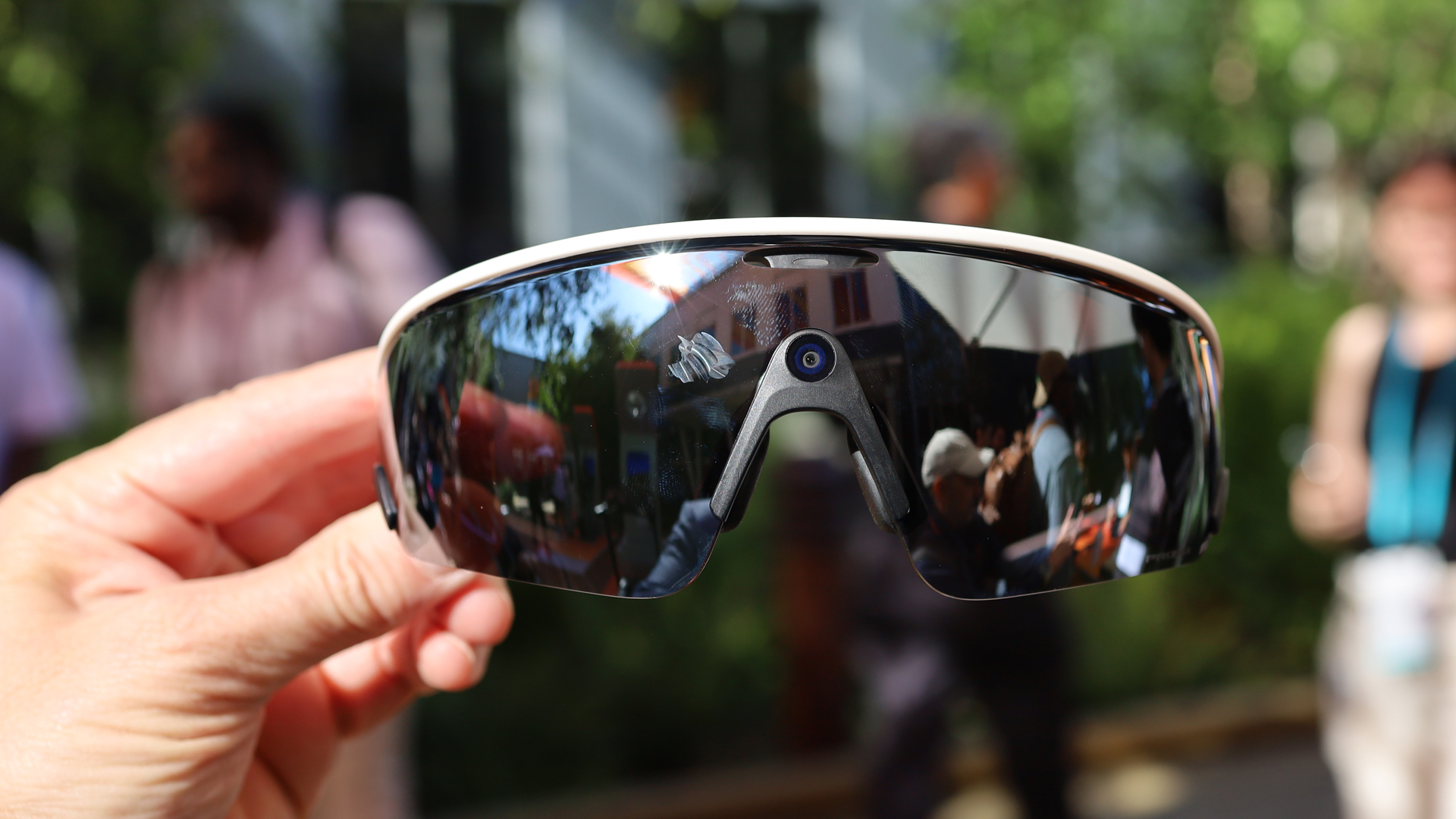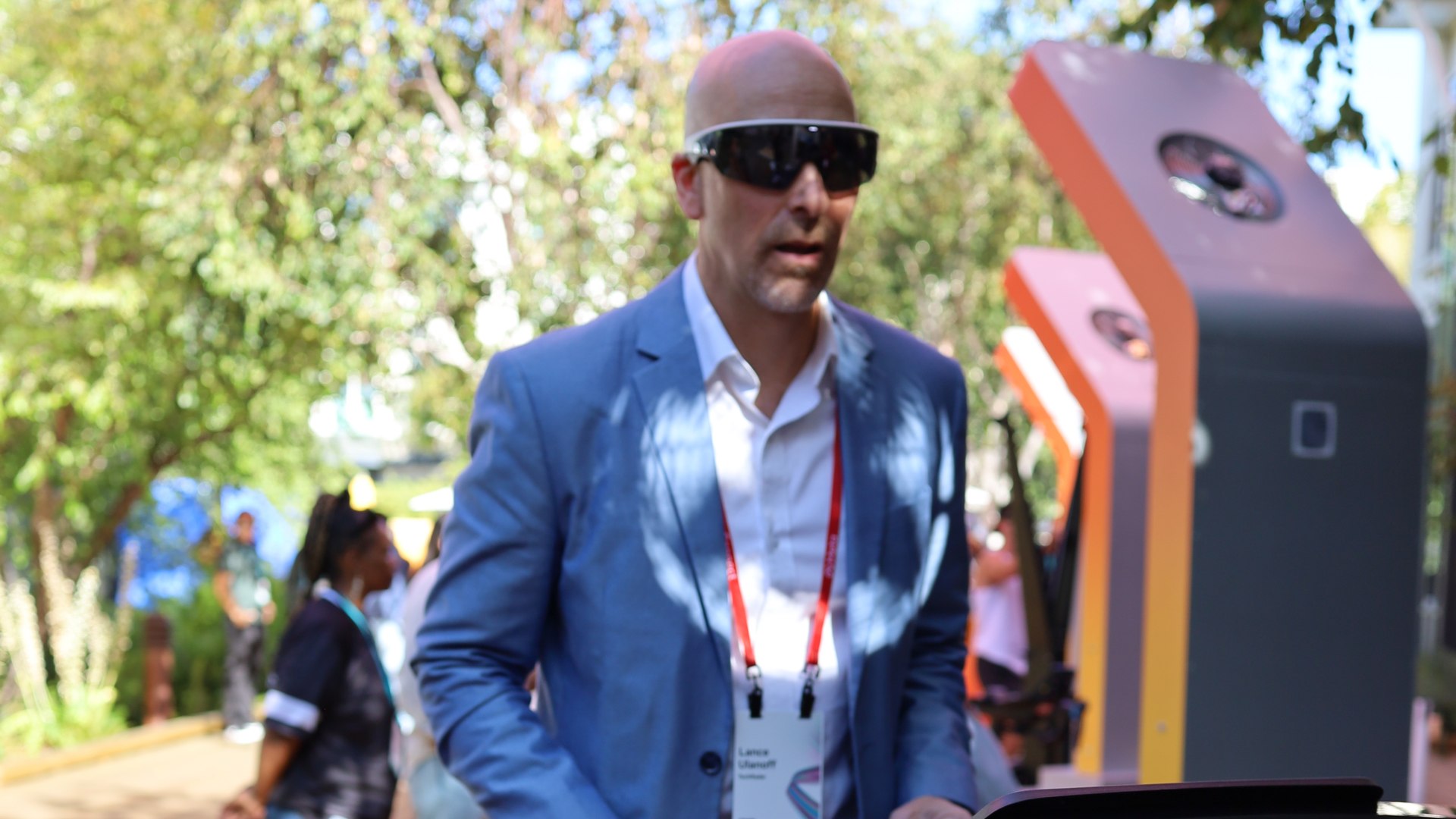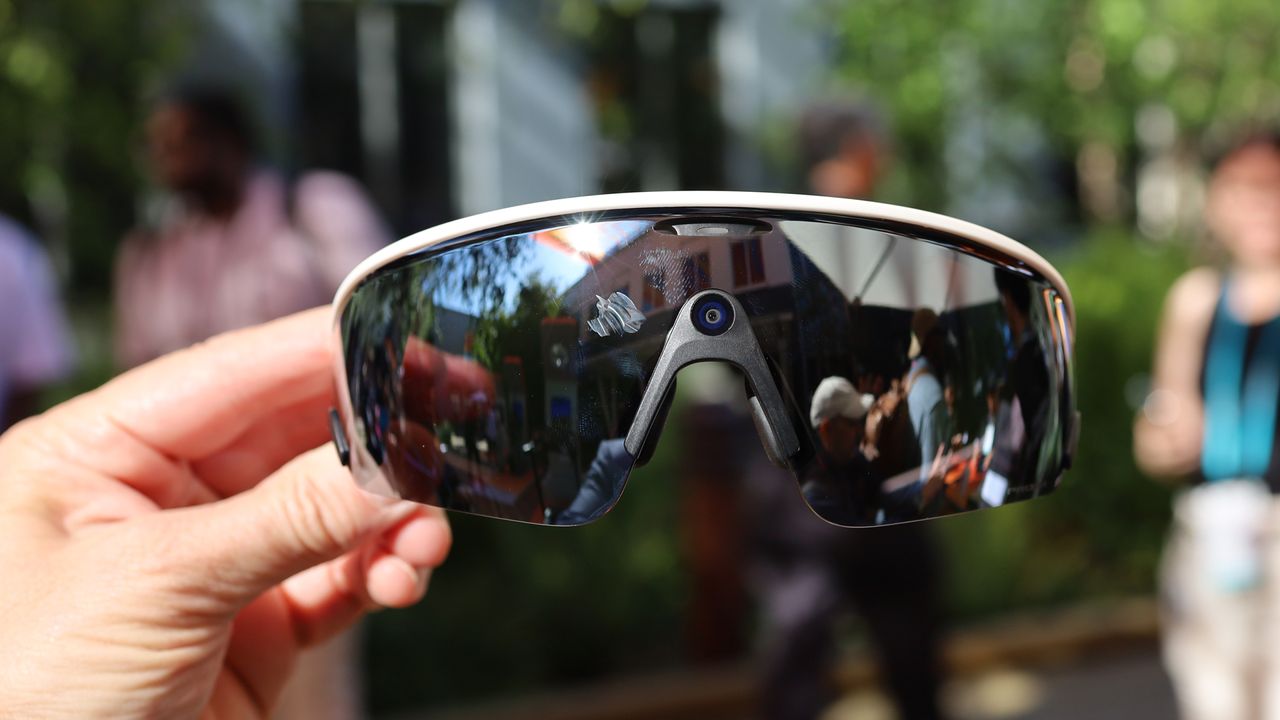Key Points
- Meta unveiled the Oakley Meta Vanguard smart glasses at Meta Connect 2025.
- Open‑ear speakers are six decibels louder than previous Oakley models.
- Advanced noise‑reduction claims clear calls even on a jet ski or in a wind tunnel.
- Features a 3K camera and nine‑hour battery life for extended outdoor use.
- Integrates with Strava and Garmin, allowing voice‑activated fitness stats.
- Demonstrated by DJ Diplo and a running group, highlighting real‑world utility.
- Author notes strong audio potential but raises data‑privacy concerns.


Oakley Meta Vanguard

Meta Connect run
Meta Connect 2025 Introduction
During the Meta Connect 2025 event, Meta showcased its newest wearable, the Oakley Meta Vanguard smart glasses. Designed as a visor‑style pair for runners and outdoor enthusiasts, the device integrates Meta’s AI assistant with a suite of fitness and media features.
Key Hardware Features
The Vanguard sports glasses include open‑ear speakers that Meta describes as the most powerful the company has shipped, delivering sound that is six decibels louder than earlier Oakley offerings. Advanced noise‑reduction technology is highlighted, with the claim that users could take calls on a jet ski or stand in a wind tunnel while still being heard clearly. The glasses also house a 3K camera for high‑resolution video capture and provide a nine‑hour battery life, supporting extended use during long workouts.
Fitness Integration and Voice Control
In addition to audio and video capabilities, the Vanguard integrates directly with popular fitness platforms such as Strava and Garmin. Users can request real‑time statistics by simply saying “stats,” and the device overlays those metrics onto recorded video after processing. This integration aims to streamline the tracking of runs, hikes, and other outdoor activities without needing to glance at a separate watch or phone.
Demonstration and Real‑World Use Cases
Meta’s presentation featured a demonstration with DJ and running enthusiast Diplo, who, along with a group of participants, jogged while wearing the glasses. The event emphasized the glasses’ suitability for noisy environments—running on a busy road, biking in high winds, or even taking calls while on a jet ski—highlighting both speaker clarity and microphone performance.
User Perspective and Concerns
The author of the source article appreciates the potential of the Vanguard’s audio and fitness features, noting that the open‑ear design could be a compelling alternative to existing bone‑conduction headphones. However, there is a noted reservation about sharing personal data with Meta, reflecting broader privacy concerns associated with connected wearables.
Overall Assessment
Overall, the Oakley Meta Vanguard appears to combine robust audio performance, comprehensive fitness integration, and high‑quality video capture into a single wearable. While the device promises to address common pain points for athletes—such as wind‑induced call distortion and the need for separate fitness trackers—potential buyers may weigh these benefits against privacy considerations linked to Meta’s ecosystem.
Source: techradar.com
